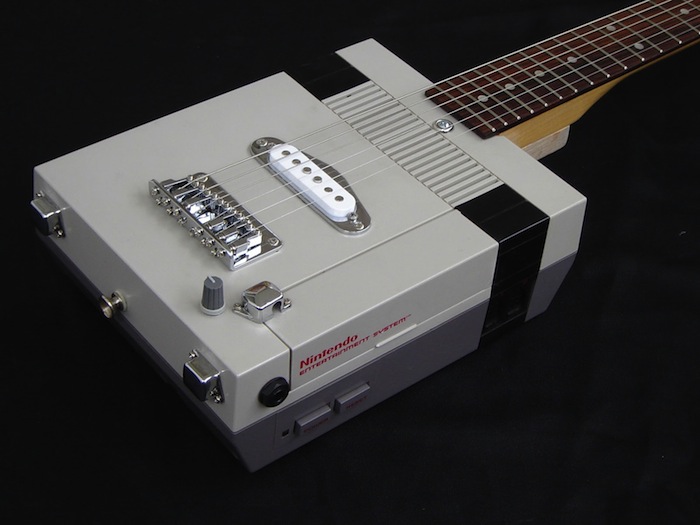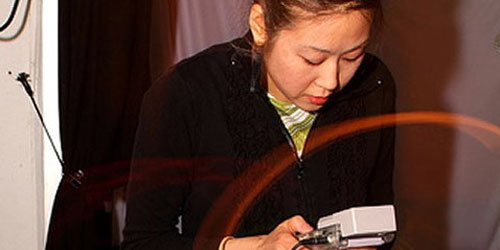
Well, here I am writing about chiptune music again, which must mean it’s time for the Blip Festival, NYC’s annual video game music bonanza. This time I previewed the lineup with a roundup of the specific game systems and the artists that use them.
Nanoloop 2 for the Game Boy Micro somehow packs unbelievably sophisticated filters and oscillators for subtractive synthesis into a gorgeous minimalist greyscale grid, which makes for one of the most soothing and meditative music composition spaces I’ve yet seen on any platform, bigger dogs like Pro Tools very much included. Nanoloop might actually be the best way for non-chiptune musicians to dip their toes into this world–you can’t very well duct-tape a proper keyboard to your acoustic guitar, now can you? More


